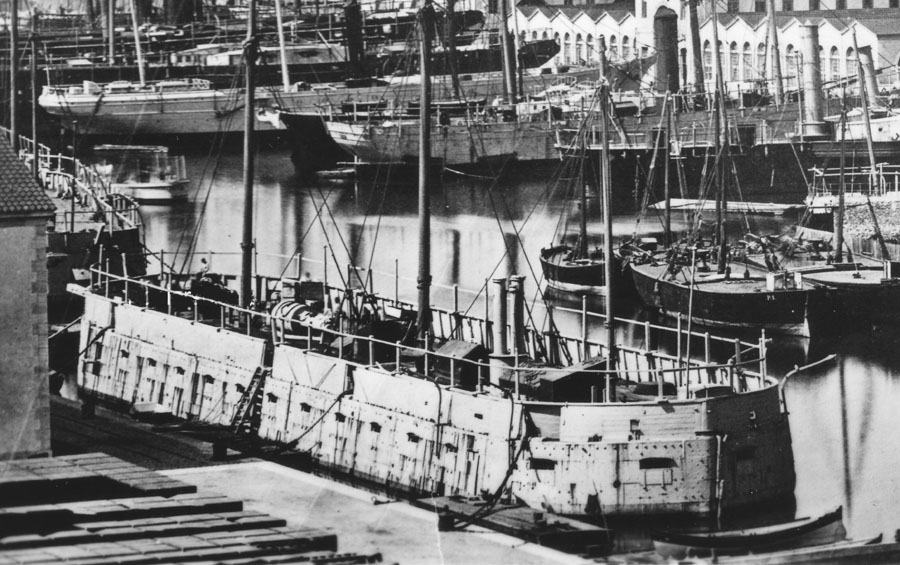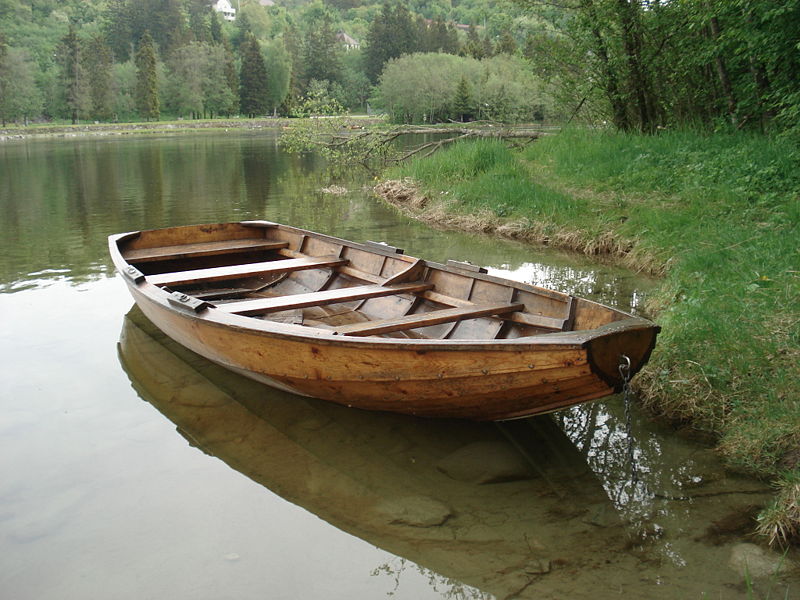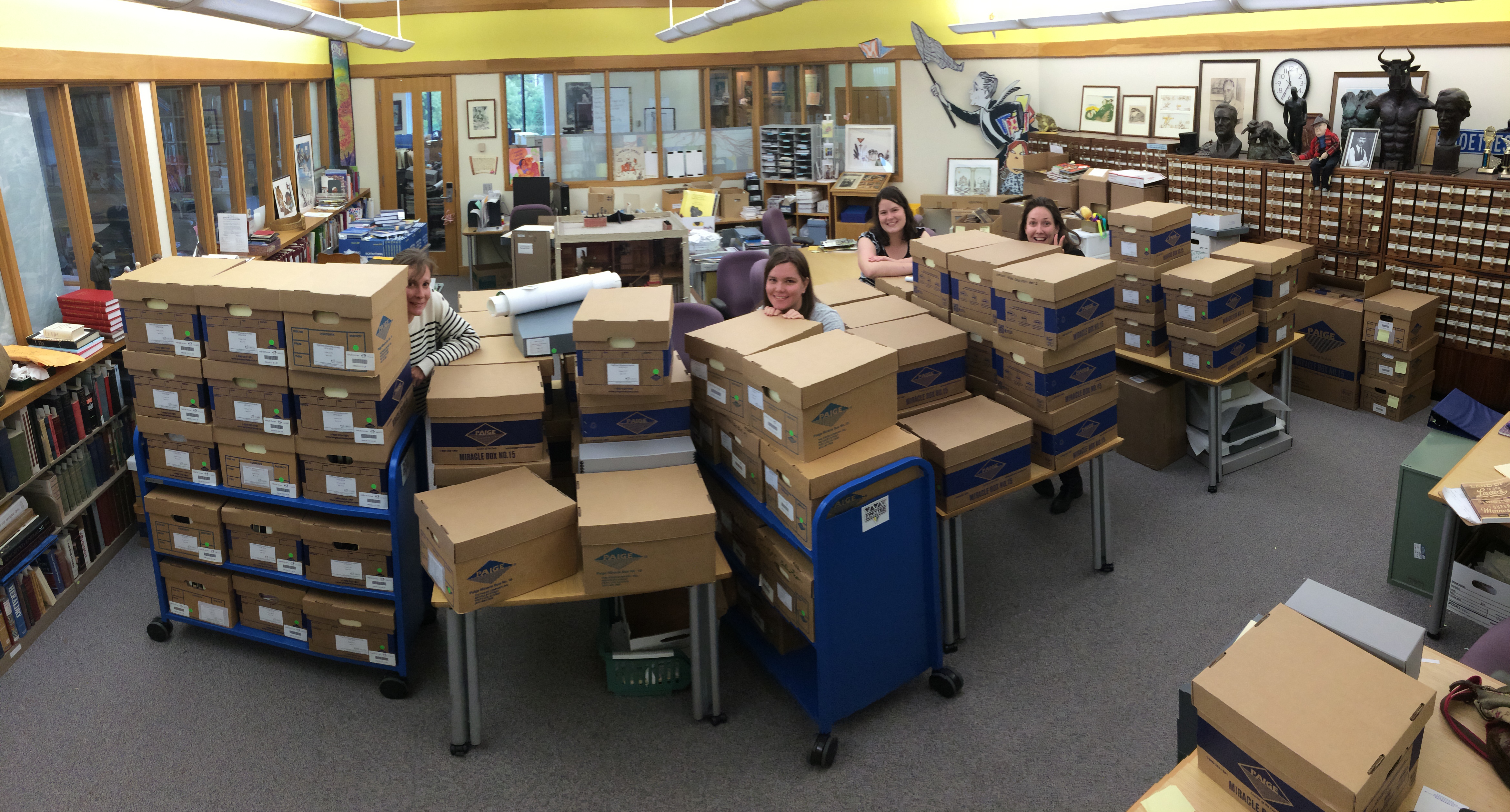|
Pram (ship)
A pram or pramm describes a type of shallow-draught flat-bottomed ship, usually propelled by pushing the ship through the water using a long pole, although sailing prams also exist. The name pram derives from the Latin ''premere'' ("press erb). Historically, prams were often used to transport agricultural cargo or cattle through shallow canals and wetlands in Europe. During the times of the Great Northern War, those types of watercraft were used as a floating battery for artillery support during amphibious assault. There is also an unrelated type of boat called "pram". Gallery File:Pram, Nicolaes Witsen (1671).jpg, Drawing of a 17th-century pram by Nicolaes Witsen File:Praam.jpg, A pram in use, cultural heritage collection , Zuiderzee Museum File:Zuideinde, Nieuwkoop. Praam met strorollen 02.jpg, Veense pram with thatching reed bales in Nieuwkoop File:Wbtholen praam.jpg, W.B. Tholen, pram, collection of the Zuiderzee Museum File:Boeierpraam 'De Hoop' in het Zuiderzeemus ... [...More Info...] [...Related Items...] OR: [Wikipedia] [Google] [Baidu] |
Great Northern War
The Great Northern War (1700–1721) was a conflict in which a coalition led by the Tsardom of Russia successfully contested the supremacy of the Swedish Empire in Northern, Central and Eastern Europe. The initial leaders of the anti-Swedish alliance were Peter I of Russia, Frederick IV of Denmark–Norway and Augustus II the Strong of Saxony– Poland–Lithuania. Frederick IV and Augustus II were defeated by Sweden, under Charles XII, and forced out of the alliance in 1700 and 1706 respectively, but rejoined it in 1709 after the defeat of Charles XII at the Battle of Poltava. George I of Great Britain and the Electorate of Hanover joined the coalition in 1714 for Hanover and in 1717 for Britain, and Frederick William I of Brandenburg-Prussia joined it in 1715. Charles XII led the Swedish army. Swedish allies included Holstein-Gottorp, several Polish magnates under Stanislaus I Leszczyński (1704–1710) and Cossacks under the Ukrainian Hetman Ivan Mazepa (1708 ... [...More Info...] [...Related Items...] OR: [Wikipedia] [Google] [Baidu] |
Floating Battery
A floating battery is a kind of armed watercraft, often improvised or experimental, which carries heavy armament but has few other qualities as a warship. History Use of timber rafts loaded with cannon by Danish defenders of Copenhagen against bomb ketches of a combined British-Dutch-Swedish fleet is attested by Nathaniel Uring in 1700. An early appearance was in 1782 at the Great Siege of Gibraltar, and its invention and usage is attributed to Spanish Lieutenant General Antonio Barceló. A purpose-built floating battery was ''Flådebatteri No. 1'', designed by Chief Engineer Henrik Gerner in 1787; it was long, wide and armed with 24 guns, and was used during the 1801 Battle of Copenhagen under the command of Peter Willemoes. The British made limited use of floating batteries during the French Revolutionary and Napoleonic Wars, with the two-vessel and -class floating batteries, and some individual vessels such as . The most notable floating batteries were built o ... [...More Info...] [...Related Items...] OR: [Wikipedia] [Google] [Baidu] |
Pram (boat)
A pram is a small utility dinghy with a transom bow rather than a pointed bow. This type of pram provides a more efficient use of space than does a traditional skiff of the same size. The Mirror and Optimist Optimism is an attitude reflecting a belief or hope that the outcome of some specific endeavor, or outcomes in general, will be positive, favorable, and desirable. A common idiom used to illustrate optimism versus pessimism is a glass filled ... sailboats are examples of this form. Modern prams are often 8 to 10 feet long and built of plywood, fibreglass, plastic or aluminum. They are usually oar powered. The Norwegian pram is commonly made of solid timber with much fore and aft rocker with a U-shaped cross section. In New Zealand and Australia the most common pram is an arc or v bottom rowboat commonly made of 6mm marine plywood often sealed with paint and/or epoxy resin. In the past often used as a tender; it has been replaced in this role by the small inflatable. T ... [...More Info...] [...Related Items...] OR: [Wikipedia] [Google] [Baidu] |
Nicolaes Witsen
Nicolaes Witsen (8 May 1641 – 10 August 1717; modern Dutch: ''Nicolaas Witsen'') was a Dutch statesman who was mayor of Amsterdam thirteen times, between 1682 and 1706. In 1693 he became administrator of the Dutch East India Company (VOC). In 1689 he was extraordinary-ambassador to the English court and became Fellow of the Royal Society. In his free time, he was cartographer, maritime writer, and an authority on shipbuilding. His books on the subject are important sources on Dutch shipbuilding in the 17th century. Furthermore, he was an expert on Russian affairs. He was the first to describe Siberia, the Far East and Central Asia in his study ''Noord en Oost Tartarye'' orth and East Tartary Early life Nicolaes Witsen was born in Amsterdam As a member of the Witsen family. His father Cornelis Jan Witsen Was burgomaster, head bailiff and administrator of the Dutch West India Company. In 1656 Nicolaes went with his father to England, where he was introduced to Oliver Cromwel ... [...More Info...] [...Related Items...] OR: [Wikipedia] [Google] [Baidu] |
Cultural Heritage
Cultural heritage is the heritage of tangible and intangible heritage assets of a group or society that is inherited from past generations. Not all heritages of past generations are "heritage"; rather, heritage is a product of selection by society. Cultural heritage includes tangible culture (such as buildings, monuments, landscapes, books, works of art, and artifacts), intangible culture (such as folklore, traditions, language, and knowledge), and natural heritage (including culturally significant landscapes, and biodiversity).Ann Marie Sullivan, Cultural Heritage & New Media: A Future for the Past, 15 J. MARSHALL REV. INTELL. PROP. L. 604 (2016) https://repository.jmls.edu/cgi/viewcontent.cgi?article=1392&context=ripl The term is often used in connection with issues relating to the protection of Indigenous intellectual property. The deliberate act of keeping cultural heritage from the present for the future is known as preservation (American English) or conservation (Bri ... [...More Info...] [...Related Items...] OR: [Wikipedia] [Google] [Baidu] |
Collections Management (museum)
Collections management involves the development, storage, and preservation of cultural property, as well as objects of contemporary culture (including contemporary art, literature, technology, and documents) in museums, libraries, archives and private collections. The primary goal of collections management is to meet the needs of the individual collector or collecting institution's mission statement , while also ensuring the long-term safety and sustainability of the cultural objects within the collector's care. Collections management, which consists primarily of the administrative responsibilities associated with collection development, is closely related to collections care, which is the physical preservation of cultural heritage. The professionals most influenced by collections management include collection managers, registrars, and archivists. Definition Cultural property collections require a great deal of care and protection in order to ensure their safety from external ... [...More Info...] [...Related Items...] OR: [Wikipedia] [Google] [Baidu] |
Zuiderzee Museum
The Zuiderzee Museum, located on Wierdijk in the historic center of Enkhuizen, is a Dutch museum devoted to preserving the cultural heritage and maritime history from the old Zuiderzee region. With the closing of the Afsluitdijk (Barrier Dam) on May 28, 1932, the Zuiderzee was split in two parts: the waters below the Afsluitdijk are now called the IJsselmeer, while the waters north of it are now considered to be part of the Waddenzee. History Enkhuizen is called 'Haringstad' (Herring Town) and was an important fishing port for centuries until the Zuiderzee was closed off in 1932 by the construction of the Afsluitdijk. The fishing grounds were now fresh-water and the fish changed from fish like herring and anchovy to eel, smelt and red perch. Nowadays, eels are rare in the IJsselmeer; the most probable causes are water pollution, and the industrial fishing of their offspring ("glass eels" due to their transparency) during their travels back to Europe from the eels' breeding wa ... [...More Info...] [...Related Items...] OR: [Wikipedia] [Google] [Baidu] |
Nieuwkoop
Nieuwkoop () is a town and municipality in the western Netherlands, in the province of South Holland. The municipality was enlarged on 1 January 2007, through the amalgamation of Liemeer and Ter Aar. The municipality now covers an area of of which is water. Its population was in . On May 3rd, 2008, the Dutch newspaper ''Algemeen Dagblad'' published an article which stated that Nieuwkoop is the safest municipality of the Netherlands. The municipality of Nieuwkoop includes the following communities: History The oldest part of Nieuwkoop are the buildings along the ''Nieuwkoopse Plassen'' (Nieuwkoop's Ponds), many of which are completely surrounded by water and accessible over individual bridges to the main road. The Nieuwkoopse Plassen are shallow lakes that were dug for peat harvesting in the 16th century and are now designated as a natural monument. New neighborhoods north-west of the main road are built after World War II. Notable people * John of Leiden (1509 in Zevenho ... [...More Info...] [...Related Items...] OR: [Wikipedia] [Google] [Baidu] |
Hull (watercraft)
A hull is the watertight body of a ship, boat, or flying boat. The hull may open at the top (such as a dinghy), or it may be fully or partially covered with a deck. Atop the deck may be a deckhouse and other superstructures, such as a funnel, derrick, or mast. The line where the hull meets the water surface is called the waterline. General features There is a wide variety of hull types that are chosen for suitability for different usages, the hull shape being dependent upon the needs of the design. Shapes range from a nearly perfect box in the case of scow barges to a needle-sharp surface of revolution in the case of a racing multihull sailboat. The shape is chosen to strike a balance between cost, hydrostatic considerations (accommodation, load carrying, and stability), hydrodynamics (speed, power requirements, and motion and behavior in a seaway) and special considerations for the ship's role, such as the rounded bow of an icebreaker or the flat bottom of a landing craft ... [...More Info...] [...Related Items...] OR: [Wikipedia] [Google] [Baidu] |
Watercraft
Any vehicle used in or on water as well as underwater, including boats, ships, hovercraft and submarines, is a watercraft, also known as a water vessel or waterborne vessel. A watercraft usually has a propulsive capability (whether by sail, oar, paddle, or engine) and hence is distinct from a stationary device, such as a pontoon, that merely floats. Types Most watercraft may be described as either a ship or a boat. However, numerous items, including surfboards, underwater robots, seaplanes and torpedoes, may be considered neither ships nor boats. Although ships are typically larger than boats, the distinction between those two categories is not one of size per se. *Ships are typically large ocean-going vessels; whereas boats are smaller, and typically travel most often on inland or coastal waters. *A rule of thumb says "a boat can fit on a ship, but a ship can't fit on a boat", and a ship ''usually'' has sufficient size to carry its own boats, such as lifeboats, di ... [...More Info...] [...Related Items...] OR: [Wikipedia] [Google] [Baidu] |
Witsen, Nicolaes
Nicolaes Witsen (8 May 1641 – 10 August 1717; modern Dutch: ''Nicolaas Witsen'') was a Dutch statesman who was mayor of Amsterdam thirteen times, between 1682 and 1706. In 1693 he became administrator of the Dutch East India Company (VOC). In 1689 he was extraordinary-ambassador to the English court and became Fellow of the Royal Society. In his free time, he was cartographer, maritime writer, and an authority on shipbuilding. His books on the subject are important sources on Dutch shipbuilding in the 17th century. Furthermore, he was an expert on Russian affairs. He was the first to describe Siberia, the Far East and Central Asia in his study ''Noord en Oost Tartarye'' orth and East Tartary Early life Nicolaes Witsen was born in Amsterdam As a member of the Witsen family. His father Cornelis Jan Witsen Was burgomaster, head bailiff and administrator of the Dutch West India Company. In 1656 Nicolaes went with his father to England, where he was introduced to Oliver Cromw ... [...More Info...] [...Related Items...] OR: [Wikipedia] [Google] [Baidu] |
Amsterdam
Amsterdam ( , , , lit. ''The Dam on the River Amstel'') is the capital and most populous city of the Netherlands, with The Hague being the seat of government. It has a population of 907,976 within the city proper, 1,558,755 in the urban area and 2,480,394 in the metropolitan area. Located in the Dutch province of North Holland, Amsterdam is colloquially referred to as the "Venice of the North", for its large number of canals, now designated a UNESCO World Heritage Site. Amsterdam was founded at the mouth of the Amstel River that was dammed to control flooding; the city's name derives from the Amstel dam. Originally a small fishing village in the late 12th century, Amsterdam became a major world port during the Dutch Golden Age of the 17th century, when the Netherlands was an economic powerhouse. Amsterdam is the leading center for finance and trade, as well as a hub of production of secular art. In the 19th and 20th centuries, the city expanded and many new neighborho ... [...More Info...] [...Related Items...] OR: [Wikipedia] [Google] [Baidu] |





.jpg)
.jpg)